Figwort (Scrophularia nodosa), also known as woodland figwort and common figwort, is a perennial herbaceous and weed plant, which blooms during all of summer. The plant has long been known as the scrofula plant, where its botanical name comes from as well.
In the past, figwort was used to treat festering wounds, abscesses, scrofula. In 1635, the famous herbalist Nicholas Culpeper called the herb "throatwort".
During the 16th and 17th centuries, figwort was revered as the best medicinal herb for relieving all types of swelling and even tumors.
Figwort has a tall stem, reaching up to 3 ft (1 m) high. The stem is ribbed and in most cases red. The leaves of figwort are oppositely arranged, the flowers have stems.
There are 4 stamens hidden in the corolla. The fruit is a multi seed pod. The corolla blooms in the months May - September.
You'll typically find the plant in moist, shady areas, near roads and forests at altitudes of 3280 ft (1000 m) above sea level.
Composition of Figwort
Figwort's composition includes phenolic acids, saponins, cardioactive glycosides, flavonoids, alkaloids, iridoids.
Collecting and Storing Figwort
All parts of the plant, including the tubers and roots, are collected. The tubers and roots are primarily collected for medicinal purposes.

Usually, figwort is collected during fall, in the months September - October. The collected parts are dried and stored in cool, ventilated areas. A properly dried herb has a blue-brown color, with no smell but a bitter taste.
Benefits of Figwort
Figwort is primarily used as an excellent detoxifier for the body. When applied topically, it speeds up the healing of wounds, burns, ulcers, eczemas, psoriasis, hemorrhoids.
Figwort is considered a light diuretic and effective agent for removing intestinal worms.
Figwort cleanses the blood, stimulates urine secretion, has a pain relieving action. It's highly effective for liver problems, circulatory problems.
Infusions from figwort leaves are used when toxins have accumulated in the body, and in cases of lymphatic diseases, rheumatic conditions, skin problems such as eczema and psoriasis. They're also used for skin rashes of unknown origin.
Internally, it's used for mammary gland inflammation in women.
Tinctures of figwort leaves are taken in combination with other herbs to aid digestion in case of lazy bowels and constipation. For skin problems, these same types of tinctures are suitable in combination with dock, black nightshade and burdock.
Folk Medicine with Figwort
To make a remedy for topical use, pour 1 cup of boiling water over 2 tsp of finely ground herb and leave them to boil for 30 min. Then filter the mixture and make compresses with the resulting remedy. In folk medicine, figwort finds application in treating arthritis and goiters.
For internal use: boil 1 tsp of finely chopped figwort roots for about 5 min. in 2 1/2 cups (600 ml) of water. Filter the remedy and drink 3 1/3 tbsp (50 ml) 3 times a day before meals.
Dangers of Figwort
Be cautious because figwort is a toxic herb and should not be overconsumed. It must not be used by people with heart problems because it is a cardiac stimulant and can cause undesirable complications.
Consultation with a doctor prior to use of figwort is recommended.
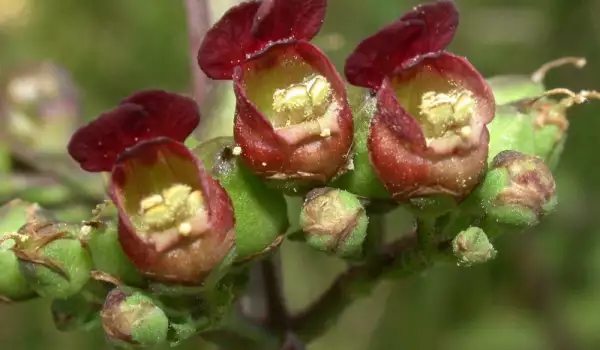
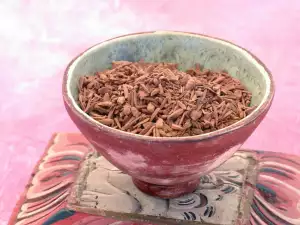
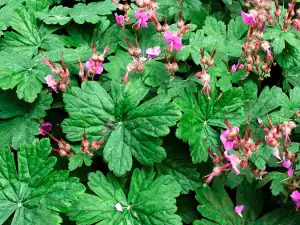
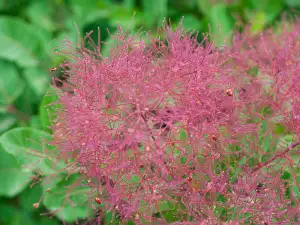


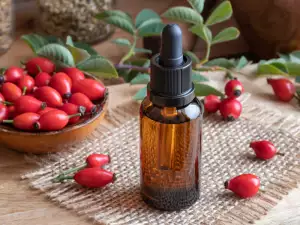


Comments